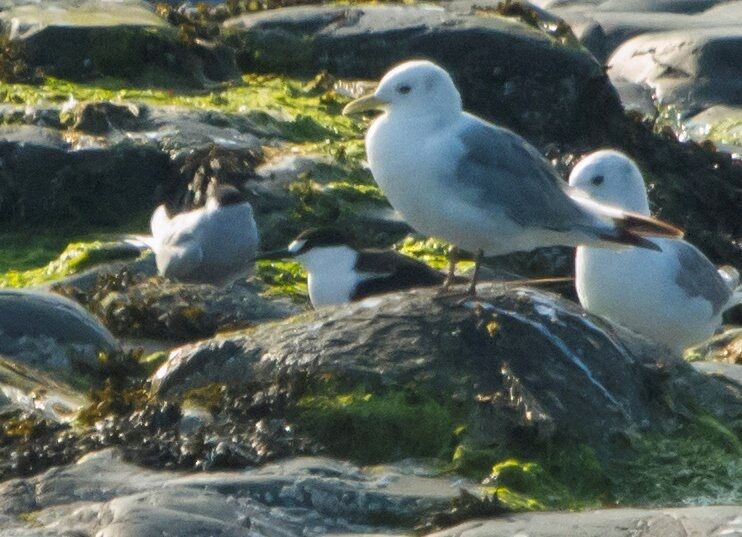
England’s lucky omen? It’s our tern now – rare sea bird visits Farne Islands for first time since 1966
A rare seabird has “come home” for the first time since 1966 – just as England’s footballers hope to repeat the nation’s World Cup heroics of the same year.
The sooty tern, usually only found in the tropical seas of the Seychelles, was spotted by National Trust rangers 3,500 miles from home just days before the nation’s semi-final showdown with Croatia.
The bird – coined “Gareth” in tribute to England manager Southgate – was seen on the remote Farne Islands off Northumberland where the conservation charity monitors over 90,000 pairs of nesting sea birds including four species of tern, puffins, razorbills, gulls and guillemots.
Birds are attracted to the islands due to the good sources of food, lack of ground predators and the availability of suitable nesting areas. The islands also offer a safe stopover point for migratory birds.

Although a common sight in the South Atlantic and on tropical islands across the equator the sooty tern is rarely spotted in the UK, with just 26 confirmed sightings in the British Isles with the last recorded sighting off the coast of North Wales in 2005.
The global population is around 21 million, and breeding colonies can be as large as one million.
The bird is characterised by its black back and head, and white patch over its bill. Species of tern more commonly found in Europe such as Arctic and little terns have pale grey and white features.
It is best known for its distinctive high pitched, screeching call. In Hawaiian the bird is known as ʻewa ʻewa which roughly translates into “cacophony”.
Like other species of terns, the sooty tern is migratory and spends the majority of its life at sea, only coming ashore for breeding season between April and September.
Since they don’t float the sooty tern catches up on their sleep while flying, taking 1-2 second naps.
Gwen Potter, Countryside Manager for the National Trust Northumberland Coast said: “More at home in the Seychelles than Seahouses, the sooty tern made itself at home, flying around, calling and roosting among the colonies of Arctic terns and Kittiwakes that live on the island.
“The very first sighting of a sooty tern on the islands was 21 June 1966. We hope this return visit this year is a good omen for the England team.”
England bird XI
- David Seagull
- Dar-Wren Anderton
- Kyle Warbler
- Jordan Hender-tern
- Neil “Razorbill” Ruddock
- Stuart Downing
- David PeckEm
- Petrel Beardsley
- Alan Shearwater
- Raheem Starling
- Danny Wellbeak
Subs:
- Crowy Barton
- Nigel Chuff
ENDS
[registration_form]
Hi Mark
I think a Sooty Tern was found in Northants many years ago, at Higham Lakes if memory serves. I cannot remember any other details though.
I first visited the Farnes in 1979 on the day of the Aleutian Tern we didn’t see it, indeed were unaware of its presence. It was still a marvellous experience and I’ve been several times since.